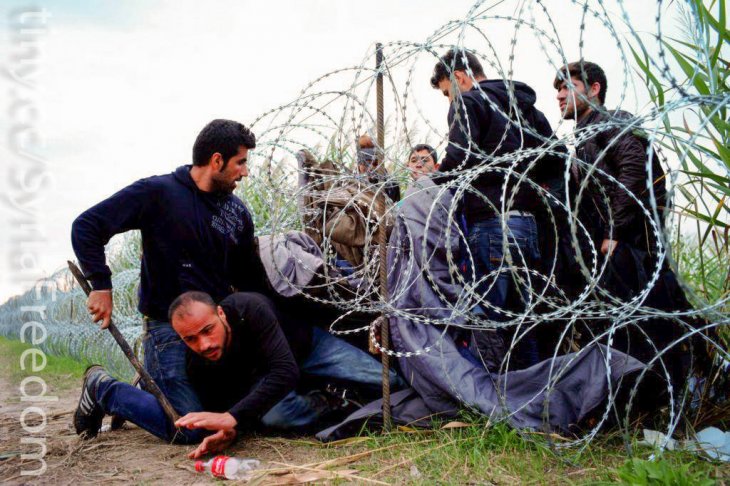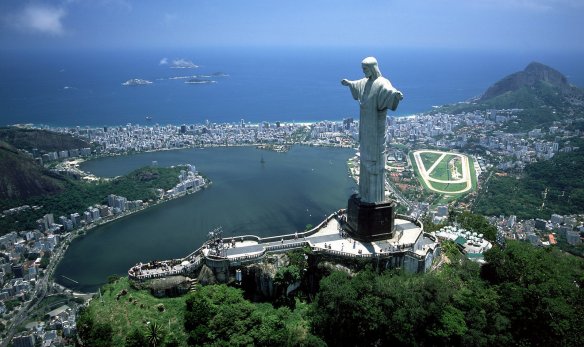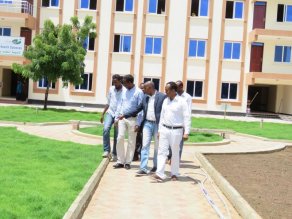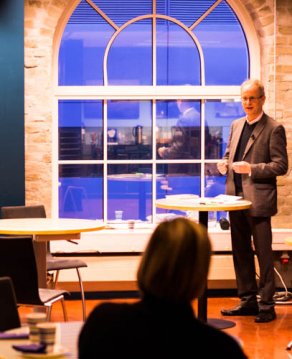In the early September days of 2015, for the second time in a quarter century, Hungary became the site of a European refugee drama.
In 1989, during the months preceding the fall of the Berlin Wall, hundreds of East Germans trying to flee their “Workers and Peasants State” had besieged the West German embassy in Budapest, and tens of thousands eventually made it across the green border to Austria as Hungary rolled back its barbed wires. This was the beginning of the end of communism, not only in Eastern Europe. Hungary was then known as the country of “Goulash Communism”, the most liberal and prosperous of communist Eastern Europe.

Syrian refugees cross into Hungary underneath the border fence. Photo: Freedom House / Flickr
By 2015, now under the right-wing government of Viktor Orban that does not question Hungary’s (financially lucrative) European Union membership yet prides itself on building an “illiberal state on national foundations”, with Turkey and Russia as models, border fences were rebuilt, now along the border to Serbia.





